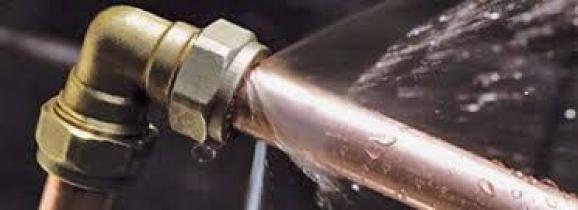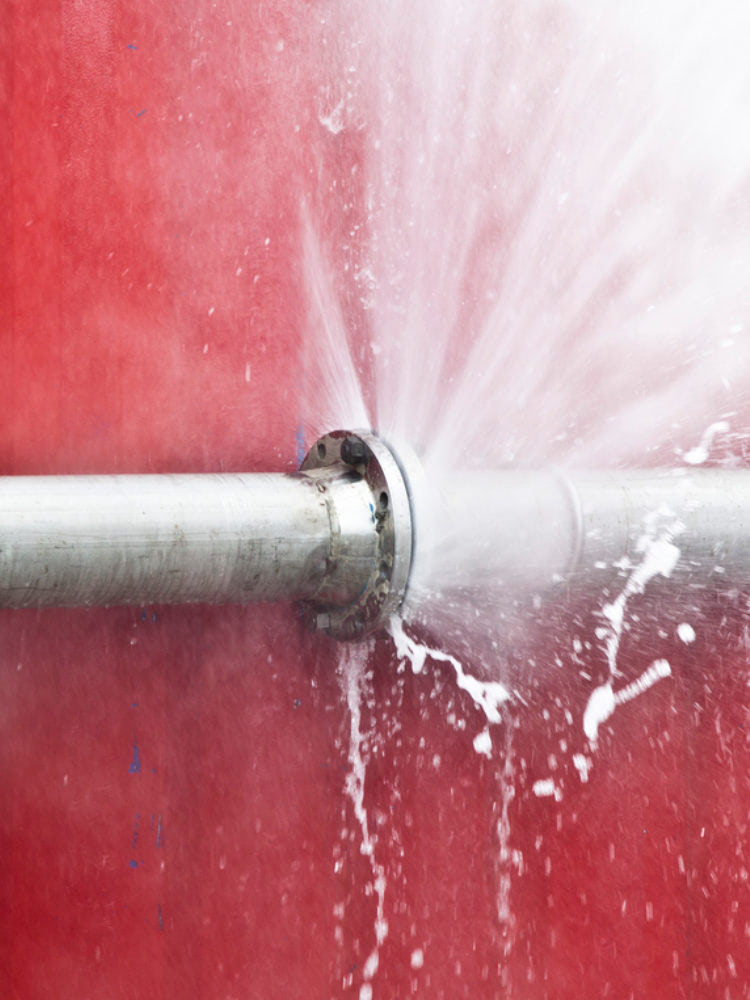Exploring Why Leak Issues Can Be So Common Within Your Home
Exploring Why Leak Issues Can Be So Common Within Your Home
Blog Article
Here in the next paragraph you'll find a bunch of good advice related to How to detect water leaks in your home.

Leaks not just trigger waste of water but can likewise create unnecessary damages to your house as well as promote unwanted organic growth. By looking and recognizing for day-to-day circumstances that cause leakages, you can safeguard your residence from future leakages as well as unneeded damage.
Intruding origins
The majority of water leaks begin outside the house rather than inside it. If you observe an unexpected reduction in water stress, say in your faucet, take some time to head out and analyze your lawn. You might discover damp patches or sinkholes in your backyard, which might suggest that tree origins are attacking water lines triggering water to permeate out. You can have your plumber look for invasion, especially if you have trees or bushes near your home.
Rusty water systems
This might be the reason of discoloration or warping on your water pipelines. If our plumbing system is old, consider replacing the pipelines considering that they are at a higher risk of rust than the more recent designs.
Faulty Pipe Joints
The factor at which your pipelines connect is frequently the weakest link in the waterline. Pipe joints can degrade in time, causing water leakages. The bulk of pipeline joints are not easily visible. If you have noisy pipelines that make ticking or banging sounds, particularly when the hot water is activated, your pipeline joints are most likely under a lot of stress. It is suggested to have your plumber evaluate your system annually.
Immediate temperature modifications.
Severe temperature modifications in our pipelines can cause them to broaden and get suddenly. This growth as well as tightening may create splits in the pipes, specifically if the temperature level are listed below cold.
Poor Water Connectors
At times, a leakage can be triggered by loosened pipes as well as pipelines that provide your appliances. In situation of a water links leak, you might discover water running directly from the supply line or pools around your home appliances.
Blocked Drains
Obstructed drains may be frustrating and also inconveniencing, yet they can often end up triggering an overflow causing break pipelines. Maintain eliminating any kind of materials that may drop your drains that can clog them to avoid such hassles.
All the above are sources of leaks yet not all water leaks arise from plumbing leaks; some leakages might originate from roofing leakages. All leakages must be repaired instantly to avoid water damages.
Leaks not just create waste of water however can also cause unnecessary damage to your home as well as promote undesirable organic growth. By looking and understanding for daily scenarios that trigger leakages, you can safeguard your home from future leaks as well as unneeded damages. Today, we will look at six leakage causes that might be creating your pipes to drip.
At times, a leak can be created by loose hoses and also pipes that provide your devices. In situation of a water links leak, you may observe water running directly from the supply line or pools around your appliances.
TYPES OF WATER LEAKS YOU SHOULD BE FAMILIAR WITH
Shower Fixture Water Leaks
If you notice a water leak near your shower fixture, perform an inspection to confirm if you are able to find broken caulk lines. As your shower fixture becomes older, it is not uncommon for water to leak onto the other side of the frame. To fix this type of plumbing leak, scrape off the old caulk and run a new bead of it around the shower fixture to seal up any fractured crevices and holes.
Bathtub Drainage Water leaks
To fix this type of leak in a bathtub, remove the drain flange and clean it. Next, you should also remove the rubber gasket located beneath the tub’s drain hole. Buy a replacement gasket that matches the old version and install it in the same location. Once the drain flange and rubber gasket are installed, apply a small amount of silicone caulk to the drain to prevent water leakage below your tub.
Water Pipe Leaks Behind Walls
Issues such as discolored grout and loose shower tiles may be caused by a water pipe leak behind the walls in your bathroom. To fix this plumbing leak, you will be required to remove the tiles, grout, or caulk in your shower. Once the tiles in your shower have been removed, perform an inspection of the drywall to confirm if it’s moist or wet. If you notice water marks or mold on the wall, this is an indicator of a water pipe leak.
Toilet Leaks
Nobody likes a toilet leak. It can cause water damage to the subfloor, joists, or even the ceiling in the room below. To combat this type of water leak, you will need to reinstall your toilet with a brand new ring of wax. If the toilet sits uneven, be sure to add toilet shims to correct the issue. Do you notice a broken bolt slot or flange? We recommend performing a new metal flange installation to remediate this issue.
Sink Water Leaks
To prevent damage to the beautiful counter tops in your kitchen or bathroom, tighten the base of your sink to prevent a water leak. Next, scrape away any old caulk around the sink and apply a fresh coat. Prior to using the kitchen or bathroom sink, you will need to secure the fixture to the countertop with the clips located beneath the sink rim to prevent a water leak.
https://www.fenwickhomeservices.com/blog/6-types-of-water-leaks-you-should-be-familiar-with/

Hopefully you enjoyed our piece on How to Find Water Leaks. Thanks so much for spending some time to read through our short article. Kindly take a moment to distribute this blog post if you liked it. Thank-you for going through it.
Check Us Out Report this page